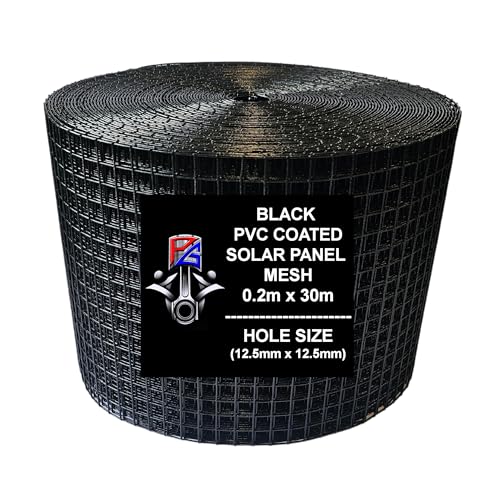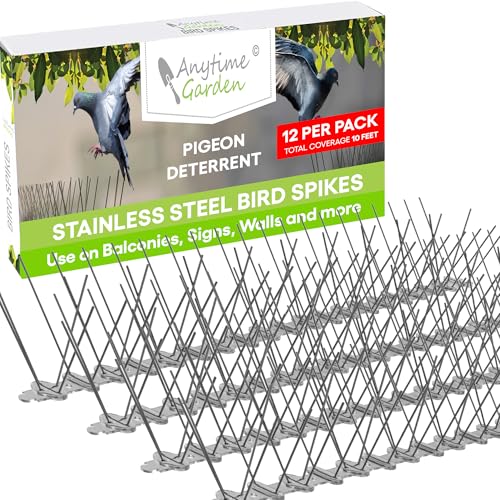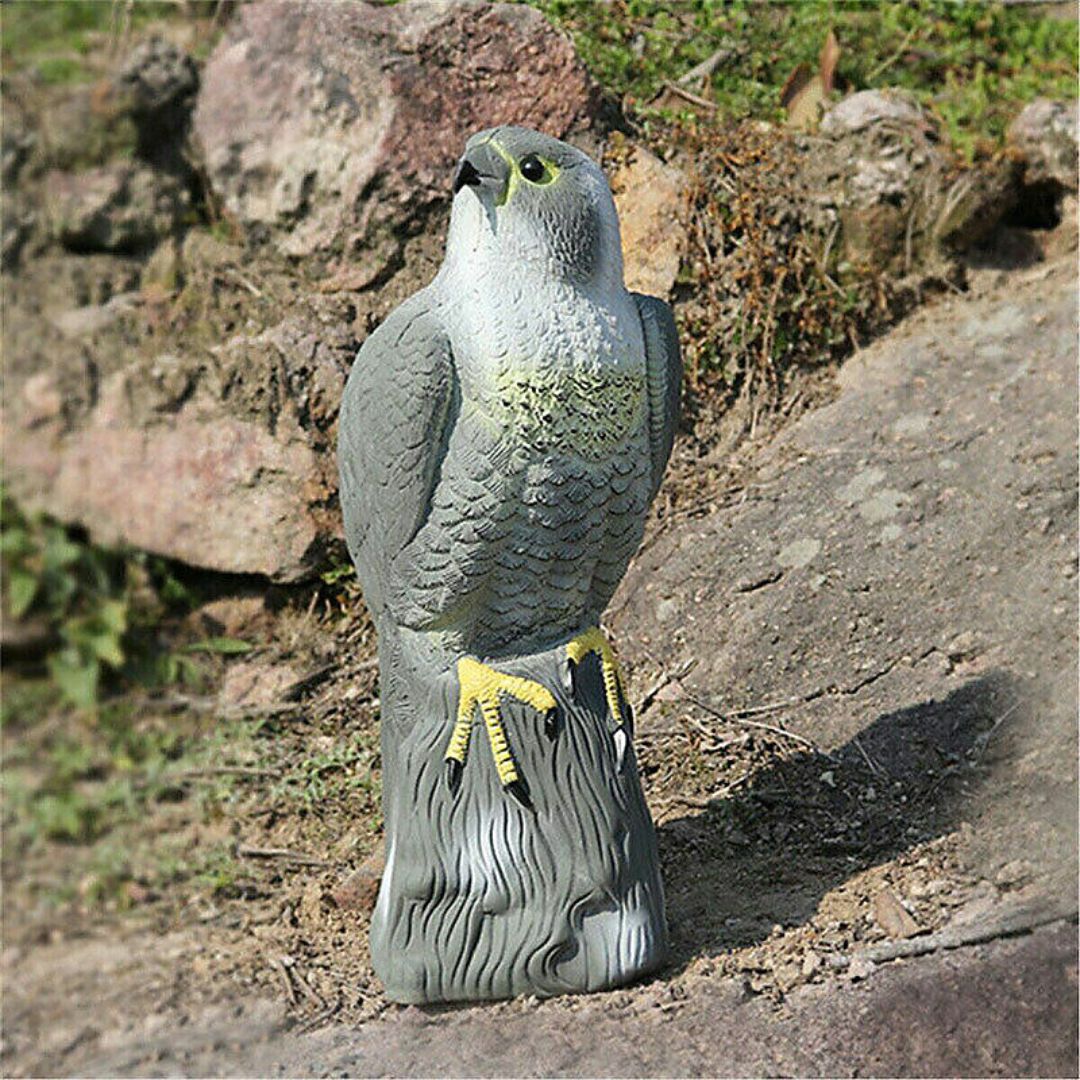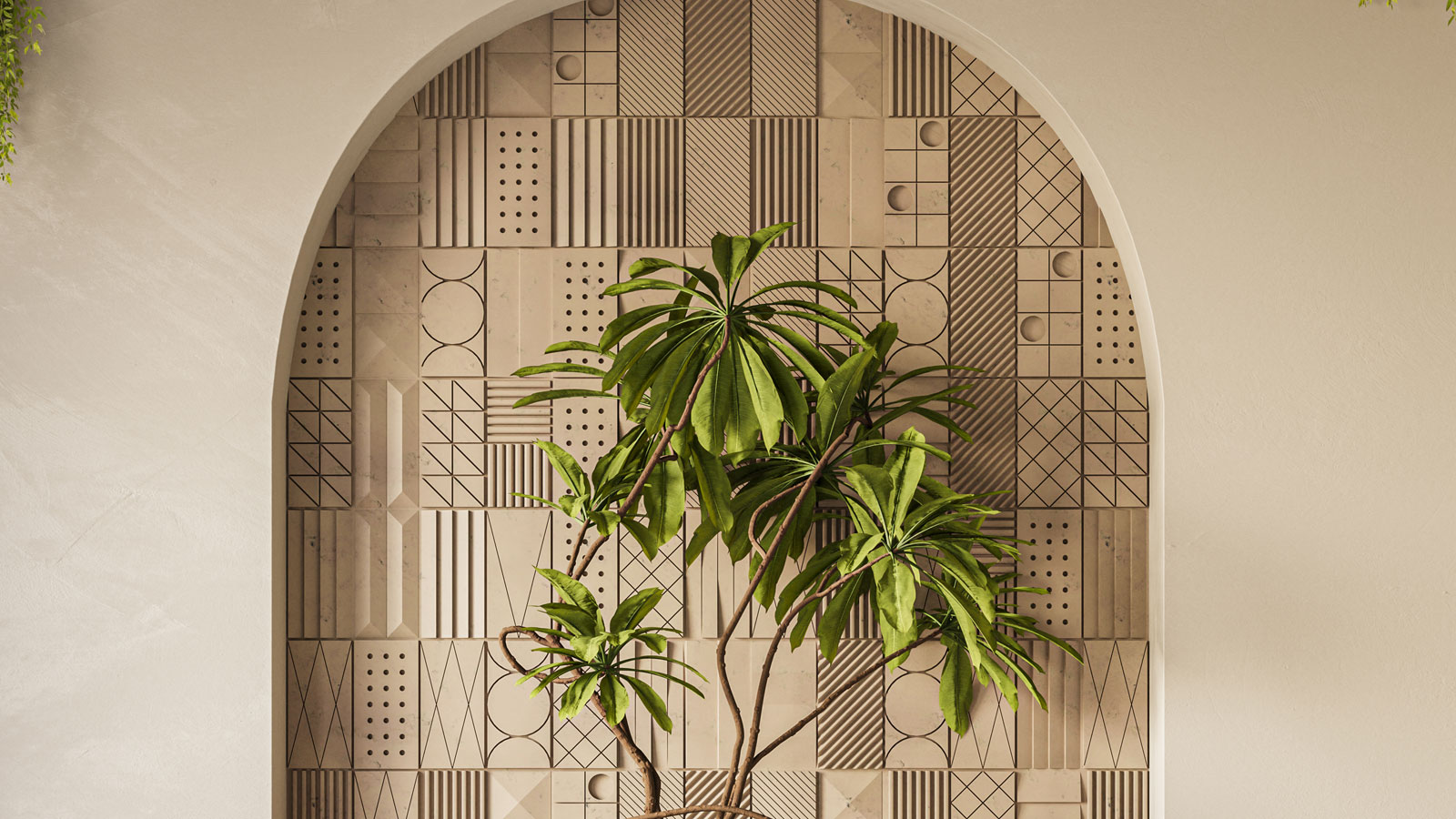Warning over viral 'hack' of using mothballs to stop pigeons on your roof — plus, what to do instead
You shouldn't be using mothballs to stop pigeons on your roof – we asked pest control experts what to do instead
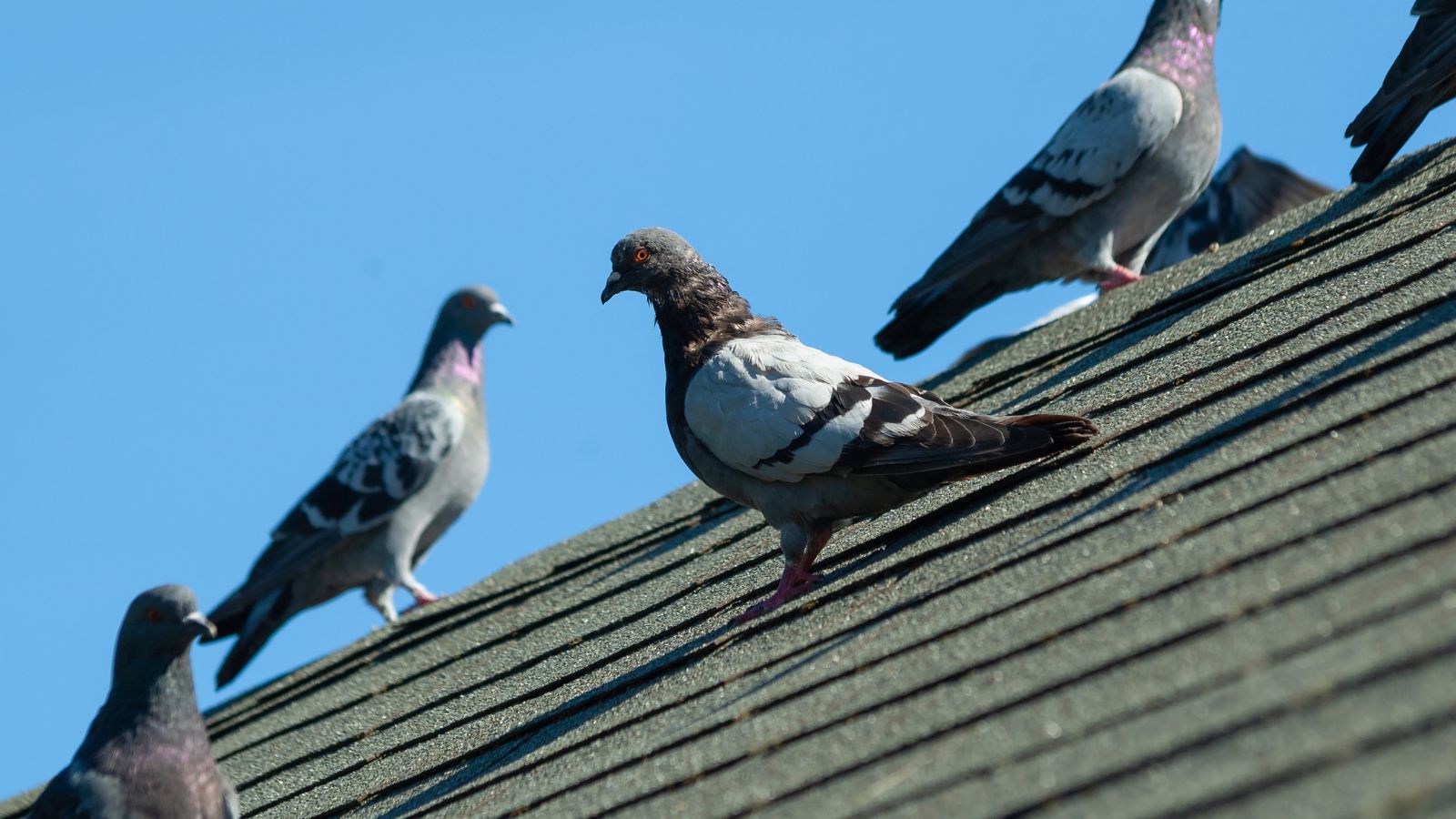
If you’ve noticed a constant cooing coming from above your ceiling, there’s a good chance pigeons have taken up residence on your roof. While they might seem harmless at first, these uninvited guests can quickly become a problem – damaging roofing materials, spreading disease through their droppings, and causing a racket, especially during breeding season.
One popular DIY fix making the rounds online is using mothballs to stop pigeons on your roof – but does this trick actually work? And more importantly, is it safe? We spoke to pest control experts to find out whether mothballs are a smart solution or just another urban myth.
Using mothballs to stop pigeons on your roof – clever trick or urban myth?
"Mothballs are sometimes purported to be a way to keep pigeons off your roof, but they are neither effective nor reliable when used for repelling these birds," says Tony King, founder of The Pied Piper Pest Control Ltd.
"The naphthalene in mothballs has a very strong-whiff odour that is sure to cause some mild irritation for birds, but pigeons are highly adapted and tend to get used to it fast," Tony explains. "In addition, the smell is unpleasant to humans, and hence it is impractical as a long-term plan for controlling pigeons. At best, mothballs may deter pigeons temporarily, but they should not be relied on as a first-line solution."

Tony King, the owner and manager of The Pied Piper, a leading pest control service with a legacy spanning over 25 years. He leads a highly skilled team of pest exterminators proficient in handling everything from rat and mouse removal to tackling severe bedbug and cockroach infestations.
Are mothballs dangerous?
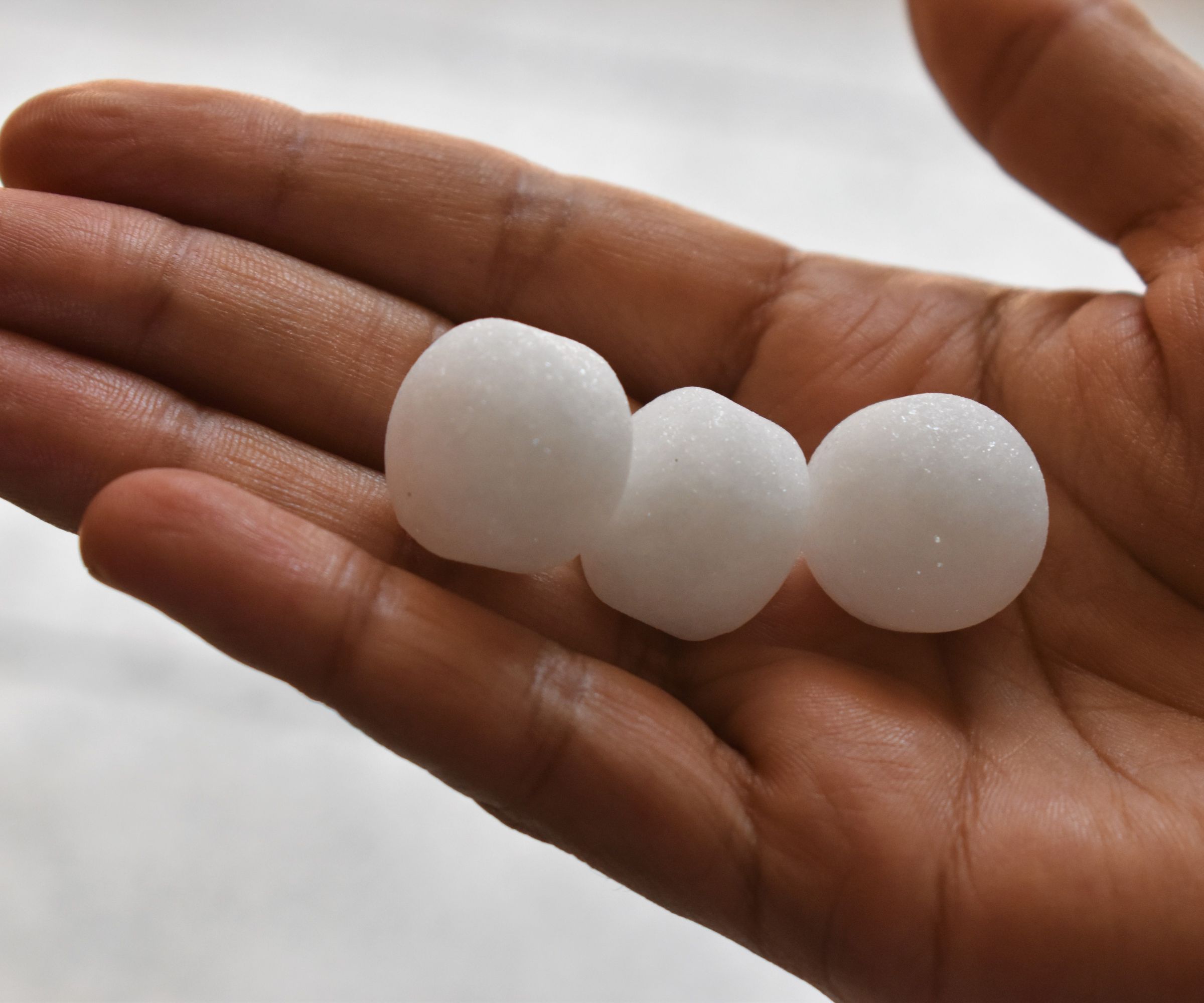
“Some mothballs contain toxic chemicals that can be harmful to humans, pets and the environment,” warns John Stewart, technical training manager at Pelsis Group. “Since deterring pigeons is not the intended use of this product, it’s not recommended that mothballs are used in this way.”
Tony King agrees: “Mothballs are poisonous – particularly to pets and young children. The chemicals they contain, such as naphthalene and paradichlorobenzene, can be harmful if ingested or inhaled.”
There are also broader environmental concerns. When used outdoors, mothballs can leach into the soil or enter water sources. In many regions, using them in this way may breach hazardous materials regulations.
In short, while the smell of mothballs may deter pigeons temporarily, the risks far outweigh the benefits. It’s not a pest control shortcut worth taking.

John is a pest control professional, industry and graduate biologist. He specialises in the auditing of food manufacturing sites and troubleshooting pest control issues in commercial settings.
Alternative ways to deter pigeons on your roof
Fortunately, there are several more effective and humane ways to prevent pigeons from nesting on your roof. Here's what the experts recommend:
Bird netting / mesh
"One of the most popular ways to deter pigeons is bird netting, which can be installed to physically prevent pigeons from getting onto rooftops," explains Tony King.
Bird netting prevents pigeons from landing and roosting on roof areas, balconies, and under solar panels. It’s an especially useful solution for hard-to-access or awkwardly shaped spaces, such as chimney stacks, pitched roofs, gable ends, or architectural features that offer sheltered spots for nesting.
Bird netting has a number of advantages:
- Discreet appearance: Once in place, bird netting is barely noticeable from the ground. It also allows natural light to pass through, so it won’t darken balconies or courtyards.
- Immediate impact: As soon as it’s installed, pigeons are unable to land or roost in those spaces.
- Highly adaptable: This deterrent can be tailored to suit a range of property types and layouts – from unusual rooflines to decorative features like canopies and cornices.
Bird spikes
"Another humane method is using bird spikes which are fixed along ledges or other areas where pigeons tend to roost," says Tony King. "Though these may sound a little extreme, these spikes are actually harmless."
By creating an uneven landing area, bird spikes make it uncomfortable for pigeons to roost – encouraging them to move on without causing them harm in the process.
Once installed, it’s barely noticeable from ground level and won’t block out natural light – perfect for preserving the look and feel of balconies, courtyards or roof terraces. Better still, it works straight away by stopping pigeons from landing or nesting, and can be tailored to suit all kinds of properties, including those with decorative features like canopies or ornate cornices.
Ultrasonic bird repellents
Ultrasonic bird deterrents work by emitting high-frequency sound waves that birds find unpleasant, yet are completely inaudible to the human ear. These discreet devices offer a low-maintenance way to keep pigeons at bay, operating around the clock to create a consistently unwelcoming environment.
Compact and lightweight, they’re easy to install and can be repositioned if needed to target different areas. Most models are solar-powered or use very little electricity, making them an energy-efficient option, too.
Decoy birds
Decoy predators, such as model owls or hawks, can be used to trick pigeons into thinking a threat is nearby. These visual deterrents work best when moved regularly to maintain the illusion of danger, as pigeons are surprisingly intelligent and will eventually recognise a static decoy.
FAQs
Is it illegal to remove pigeons from your roof?
While it is not illegal to deter pigeons from your roof, you must not harm them or interfere with active nests. All wild birds in the UK, including pigeons, are protected under the Wildlife and Countryside Act 1981. This means it’s illegal to intentionally injure, kill, or disturb nesting birds without an appropriate licence.
Why do pigeons keep coming back to my roof?
“To prevent pigeon populations using a roof to roost or nest, the first thing to do is to stop feeding them and advise neighbours to do the same, as this will encourage pest birds,” advises John Stewart from Pelsis Group.
Pigeons are highly habitual creatures – once they find a safe, sheltered place to roost or nest, they’re likely to return repeatedly unless actively deterred. Your roof may offer warmth, protection from predators, or easy access to food, particularly if nearby properties are feeding birds or leaving scraps outside.
When should you call a pest control professional?
“You should contact a professional to pigeon-proof around solar panels and prevent them nesting,” says John Stewart. “They will have the skills and expertise, access to equipment, and correct insurance to be able to do so.”
DIY methods can sometimes fall short, especially in hard-to-reach areas or when tackling established infestations. But a professional pest control provider can assess your property, recommend the most suitable deterrents, and carry out the installation safely and humanely. They'll also ensure you stay on the right side of UK wildlife laws.
How much does it cost to pigeon-proof a roof?
Prices can vary depending on the size of your roof, the type of deterrent you choose, and whether specialist access equipment is needed – but you don’t necessarily have to spend a fortune to pigeon-proof your property.
As a general rule, standard deterrents like bird spikes or netting tend to cost between £150 and £500. More complex jobs – such as proofing around solar panels or covering hard-to-reach roof areas – may cost a little more.
Dealing with pigeons in more than one place? If they’re pecking away at your lawn, discover how to stop pigeons eating grass seed, too.
Get the Homebuilding & Renovating Newsletter
Bring your dream home to life with expert advice, how to guides and design inspiration. Sign up for our newsletter and get two free tickets to a Homebuilding & Renovating Show near you.

Gabriella is an interiors journalist and has a wealth of experience creating interiors and renovation content. She was Homebuilding & Renovating's former Assistant Editor as well as the former Head of Solved at sister brand Homes & Gardens, where she wrote and edited content addressing key renovation, DIY and interior questions.
She’s spent the past decade crafting copy for interiors publications, award-winning architects, and leading UK homeware brands. She also served as the Content Manager for the ethical homeware brand Nkuku.
Gabriella is a DIY enthusiast and a lover of all things interior design. She has a particular passion for historic buildings and listed properties, and she is currently in the process of renovating a Grade II-listed Victorian coach house in the West Country.
